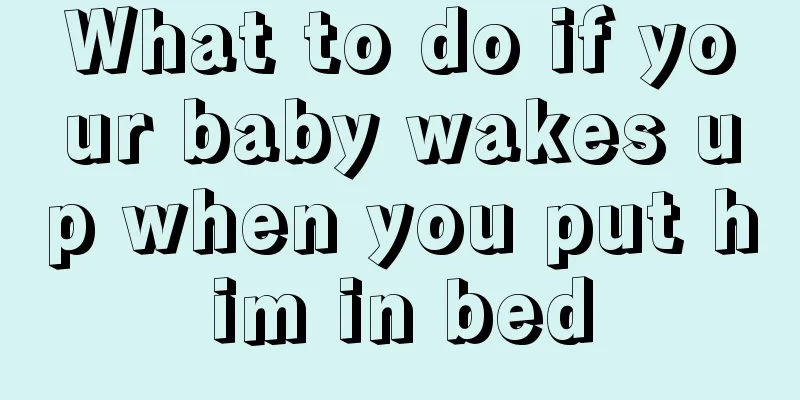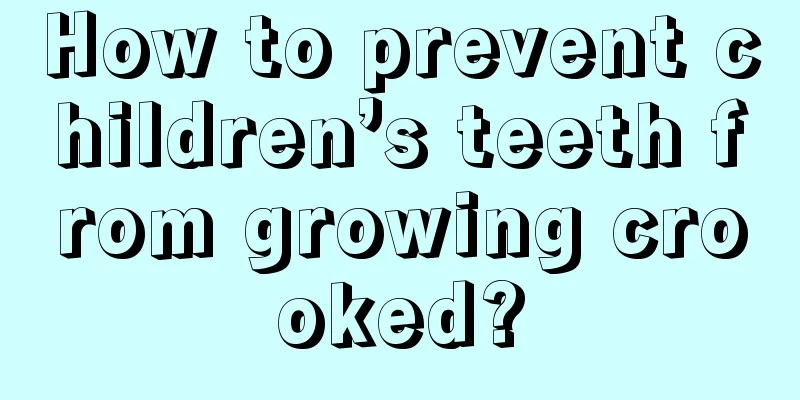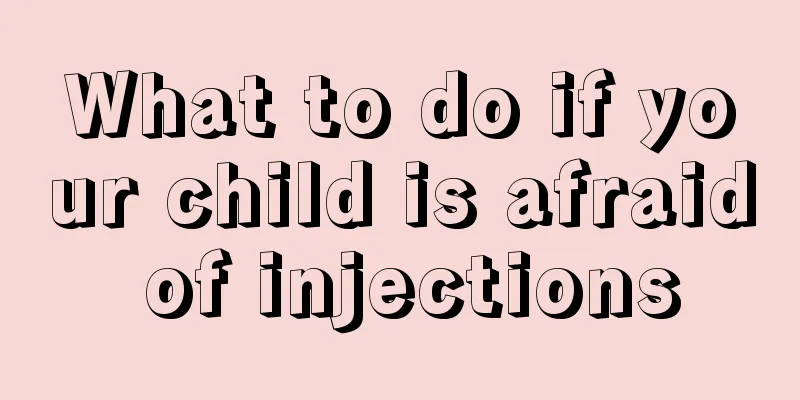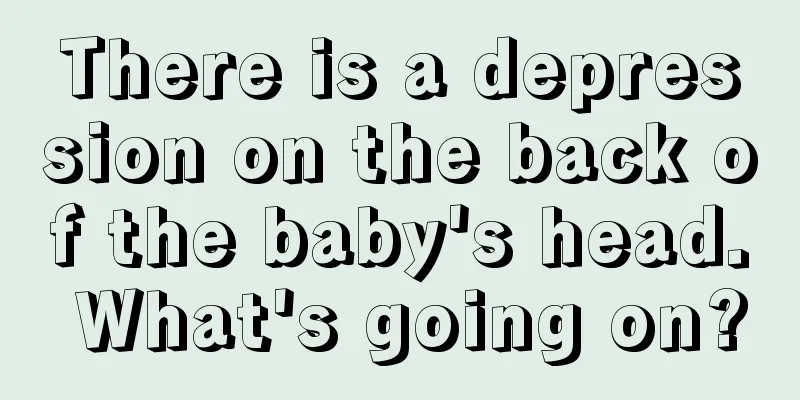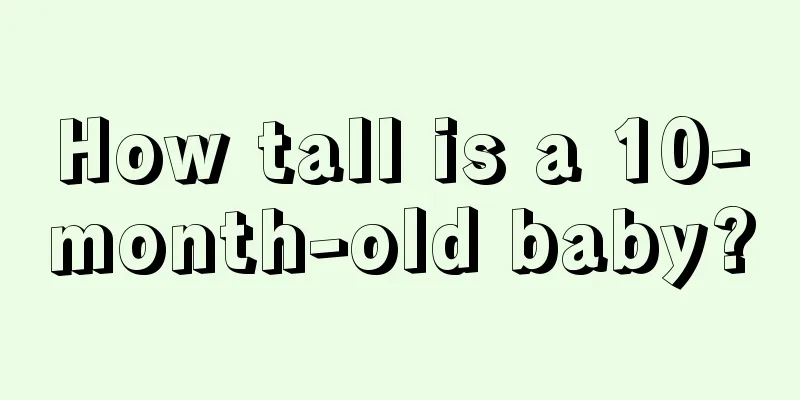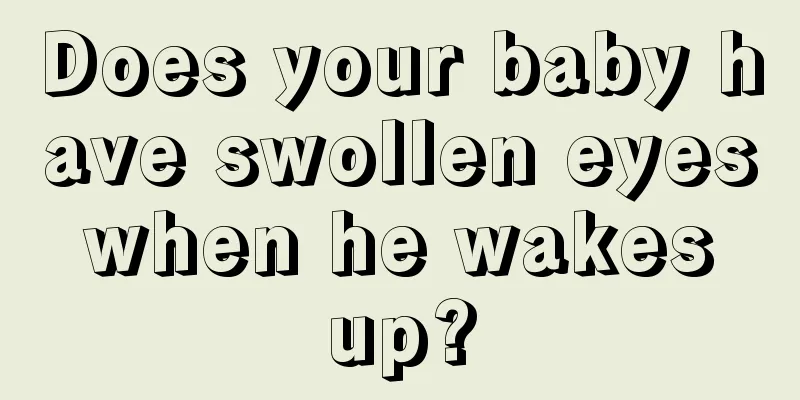When do boys finish replacing their teeth?

|
Tooth replacement is a stage that everyone needs to go through. Although there will be toothache when replacing teeth, it will not last long. It will generally disappear in a few days. After the teeth grow out again, everything will return to normal. Then you just need to develop good living habits and keep your teeth clean. So, how long does it take for children to complete their tooth replacement? I believe everyone knows that human teeth have two stages: deciduous teeth and permanent teeth. The deciduous teeth period lasts throughout the infancy and childhood stages, while the permanent teeth that replace the deciduous teeth can almost accompany a person throughout his or her entire life. There are 20 deciduous teeth, which usually start to erupt around 6 months old and are fully grown at 2-3 years old. There are 28-32 permanent teeth (the number of wisdom teeth is 0-4), which usually start to erupt around 6 years old and 28 are fully grown at 12-13 years old (wisdom teeth vary from person to person). Therefore, the tooth replacement period is usually when the child is 6-12 years old. There are certain rules for tooth replacement, which can be simply described as "a certain time, a certain order, left-right symmetry, lower first then upper". Left-right symmetry and lower first then upper refers to teeth with the same name. The physiological shedding of the first deciduous tooth usually occurs around the age of 6, but it can also occur as early as 4 years old, or as late as 7-8 years old, so there is no need to worry. Naturally fallen deciduous teeth have no roots and the fallen surface appears eroded. Parents should pay attention to observe and not confuse them with broken roots of deciduous teeth. There are two different opinions about which permanent tooth a child will grow first. One is that the first permanent molar that usually grows around the age of 6 grows close to the last deciduous molar, called the sixth-year molar, and erupts slightly earlier than or at the same time as the lower central incisor. Another theory is that the first two front teeth to be replaced are in the middle of the lower row. The dentist said that this may be different for each child. Then, children grow upper central incisors and lower lateral incisors when they are 7-8 years old, upper lateral incisors when they are 8-9 years old, first and second canines when they are 9-12 years old, and permanent canines when they are 10-12 years old. |
>>: Can babies sleep on a cool mat?
Recommend
Baby's back of hand is swollen, what's going on?
Because babies are too young, sometimes they will...
Your child has blood in his stool
Children's metabolism is very fast, which is ...
What to do if your child is introverted and unsociable? Parental education is the most important
Many parents are very anxious when their children...
Can infants and young children with roseola take a bath?
Most infants and young children will develop rose...
Introducing several correct ways to brush children's teeth
Here are some correct ways for children to brush ...
Good way to care for premature babies born at 30 weeks
There are a lot of premature babies now, and thei...
The harm to children's eyes caused by playing with mobile phones should not be underestimated!
With the development of society, mobile phones ha...
What should I do if my baby doesn't have enough milk and doesn't want to eat milk powder?
We all know that many mothers now adopt the metho...
Children will get sick if they get close to this kind of person.
The baby always has a cute little face and is the...
What should I do if my child has red bloodshot eyes?
Children's eyes are a part of their body that...
What is the reason for the heavy breathing sound in children?
When a baby is just born, his respiratory tract a...
What should I do if my child is nearsighted? Parents can do this!
First of all, I would like to remind parents that...
High testosterone levels in children
If a child has too high a level of male hormone, ...
What to do if a 9-year-old boy wets the bed
Bedwetting is a very common phenomenon for childr...
What should I do if my two-year-old baby complains of stomach pain?
Nowadays, many babies' physical constitution ...
